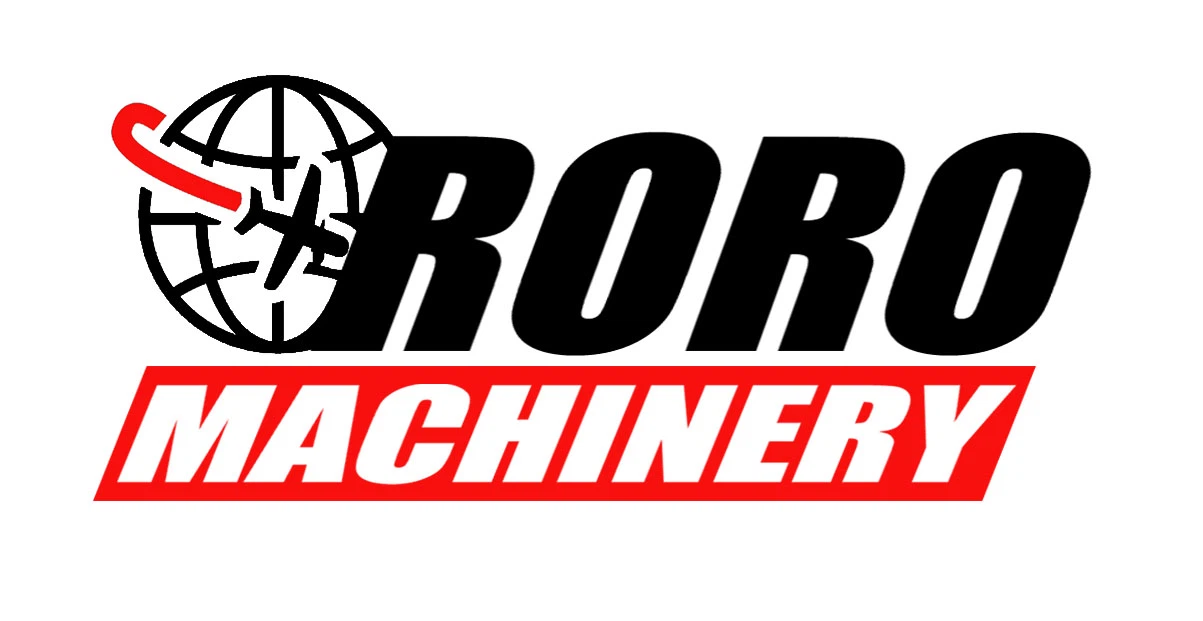Common Fault Causes And Handling Methods Of Loaders (2)
Jul 31, 2023
Leave a message
During excavation operations, the entire machine fails to function properly due to the presence of gold powder in the transmission fluid. The main transmission shaft rotates rapidly and forcefully when the machine is operating under heavy loads, while the variable speed working pressure remains within normal limits.
Fault cause:
There are several issues contributing to the problem. First, the high and low speed control lever is not in the correct position for reversing. Additionally, the transmission valve is not properly aligned, causing further difficulties. Furthermore, both the 1:3 clutch and the forward clutch have sustained damage, exacerbating the situation. These combined problems need to be addressed in order to resolve the issue with the control lever and ensure smooth operation of the transmission.
Exclusion method:
Make sure to set the high and low speed lever to the low speed position before making adjustments to the pull rod. This will ensure that everything is properly calibrated and functioning at optimal levels. Take your time and make sure to follow the manufacturer's instructions carefully to avoid any unnecessary errors.
To rectify the issue, it is advised to replace the friction plate of the clutch along with any damaged components that may be related. This will ensure that the clutch is functioning optimally and prevent any further damage or malfunction. It is important to seek the assistance of a professional mechanic or automotive specialist to carry out this replacement procedure as it can be complex and requires technical expertise. By taking prompt action and addressing the problem, you can avoid further complications and maintain the efficiency and reliability of your vehicle.
There seems to be oil leakage coming from the torque converter's top breather.
Fault cause:
Possible rephrased content:
There are several potential issues that can occur with transmission valve pneumatic control valve stem "O". These include air leakage, blockage of the torque converter return oil filter, blockage of the internal oil circuit or guide wheel seat oil circuit of the torque converter, and blockage of the torque converter to transmission return oil pipeline. It is important to address these issues to ensure the proper functioning of the transmission system.
Exclusion method:
To address issues with the air control valve, it's recommended to replace the O-ring. In addition, cleaning the return oil filter element or replacing it can help improve performance. Another option is to clean each oil circuit or replace the guide wheel seat. Lastly, inspecting and cleaning or replacing the oil pipe can also help resolve any problems. These maintenance tasks can help ensure that your equipment is running smoothly and efficiently.
8、 Abnormal noise from torque converter
Fault cause:
Possible generated content:
There are several possible causes of problems with the torque converter. One of them is related to the teeth that connect the converter to other parts of the transmission. If these teeth are worn, damaged, or misaligned, the converter may not be able to transfer torque properly, resulting in slipping, shuddering, or other issues. Another possible cause is related to the elastic plate that sits between the turbine and the impeller of the converter. If this plate is broken or missing, the converter may also experience problems with vibration, noise, or fluid leakage.
In addition, the main and auxiliary gear shafts or bearings of the torque converter may wear out or fail over time, especially if the converter is subjected to high loads or harsh conditions. This can cause the converter to produce abnormal noises, overheating, or loss of power. Similarly, the main transmission shaft splines may become worn or lose their alignment, which can result in the transmission slipping out of gear or making strange noises. Finally, the universal joint bearings of the transmission may develop excessive play or wear, leading to vibrations, noises, or uneven power distribution. To avoid these issues, it's important to maintain the torque converter and the entire transmission system in good condition, and to address any signs of trouble as soon as possible.
Exclusion method:
To fix the issue, you can opt to swap out the connecting wheel or rubber teeth with new ones. Alternatively, you can replace the elastic connecting plate or the driving and passive gears or bearings. After replacing the necessary parts, it is also recommended to readjust or adjust the clearance to ensure everything is working correctly.
Everything seems to be running smoothly, but the oil temperature is higher than normal, the output power is not enough, and there are tiny bubbles of aluminum foam in the transmission fluid.
Fault cause:
The mechanical oil radiator is blocked, causing a blocked return oil pipeline and a blocked return oil filter. Moreover, the bearings are damaged and the torque converter three wheels are worn out.
Exclusion method:
To ensure optimal performance, it is necessary to perform a series of maintenance tasks. These tasks include replacing the radiator, cleaning or replacing the filter element, and cleaning and unblocking all oil circuits. Additionally, it is crucial to replace the bearings and the three wheels. Lastly, don't forget to adjust the clearance for maximum efficiency.
